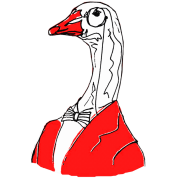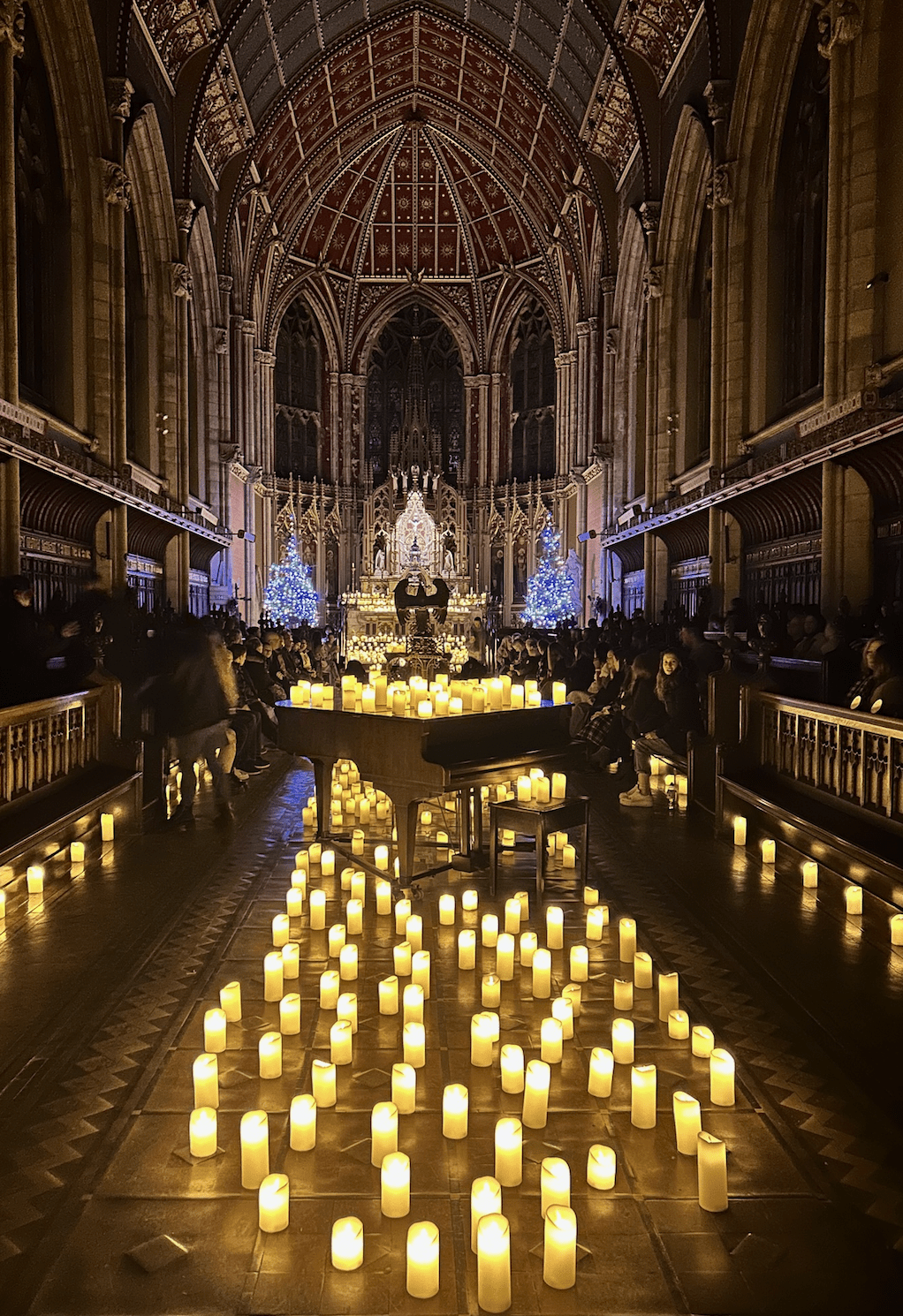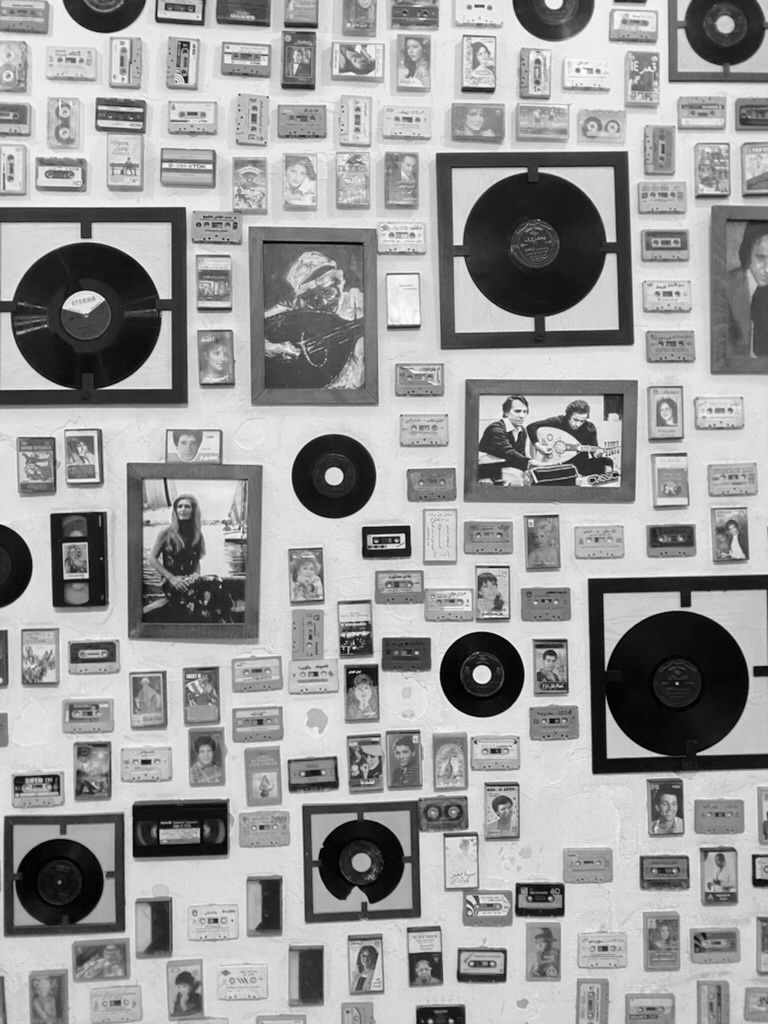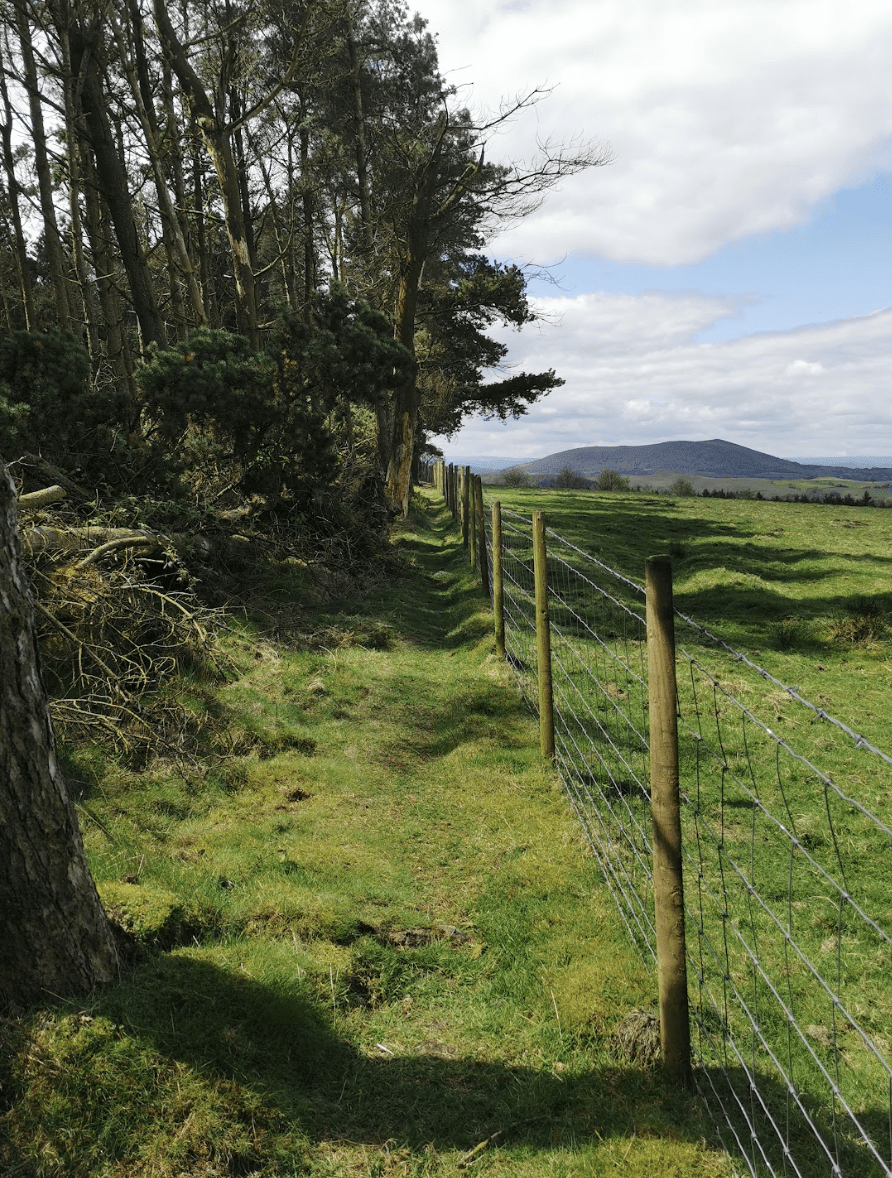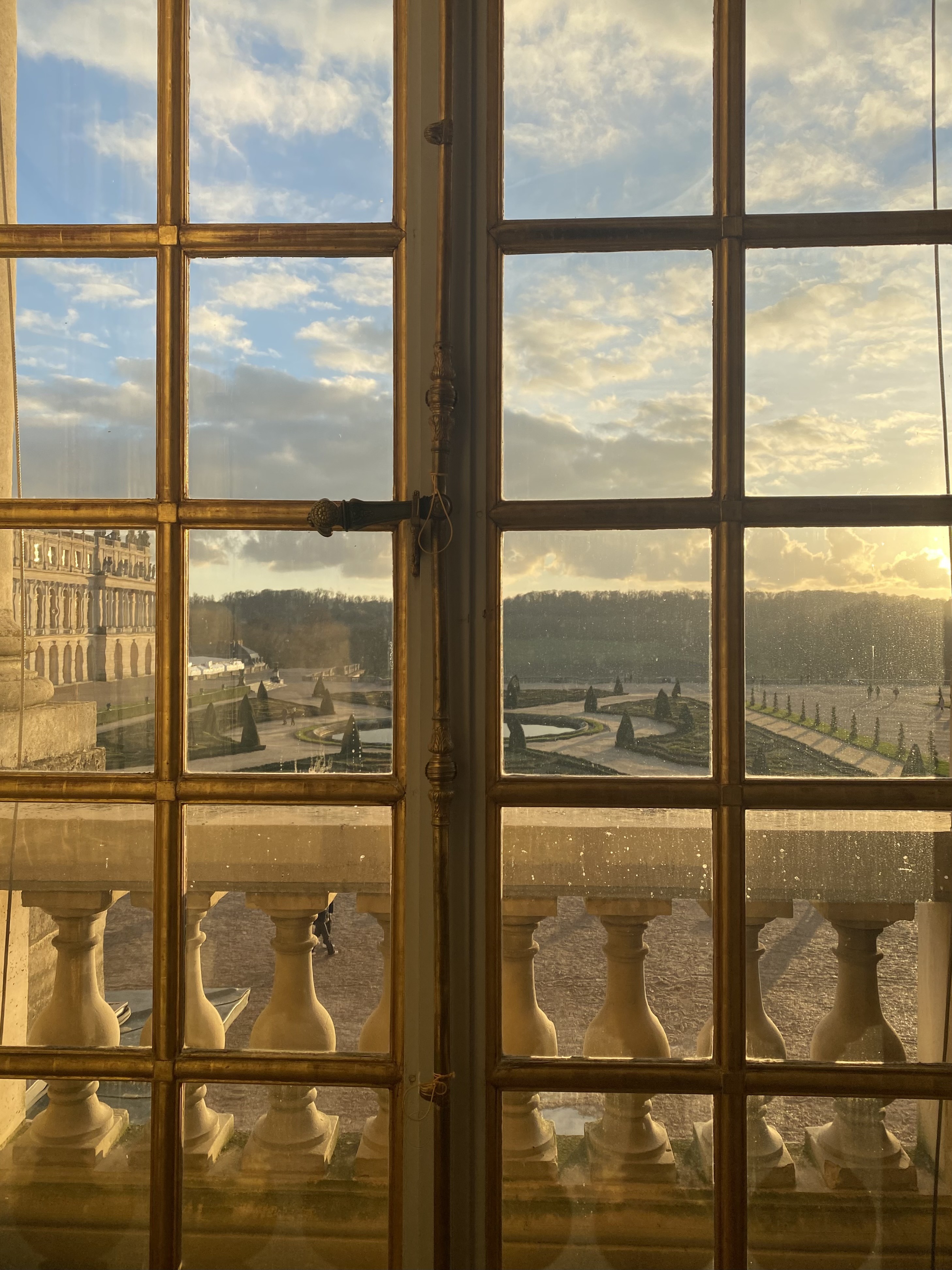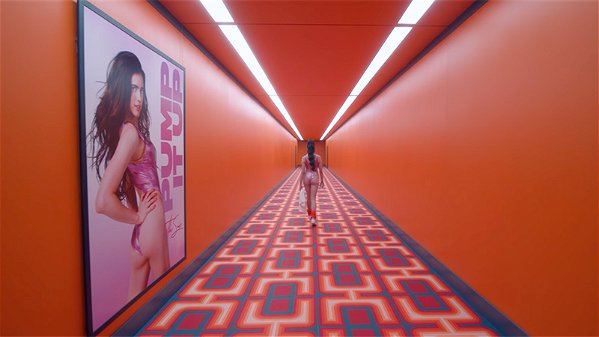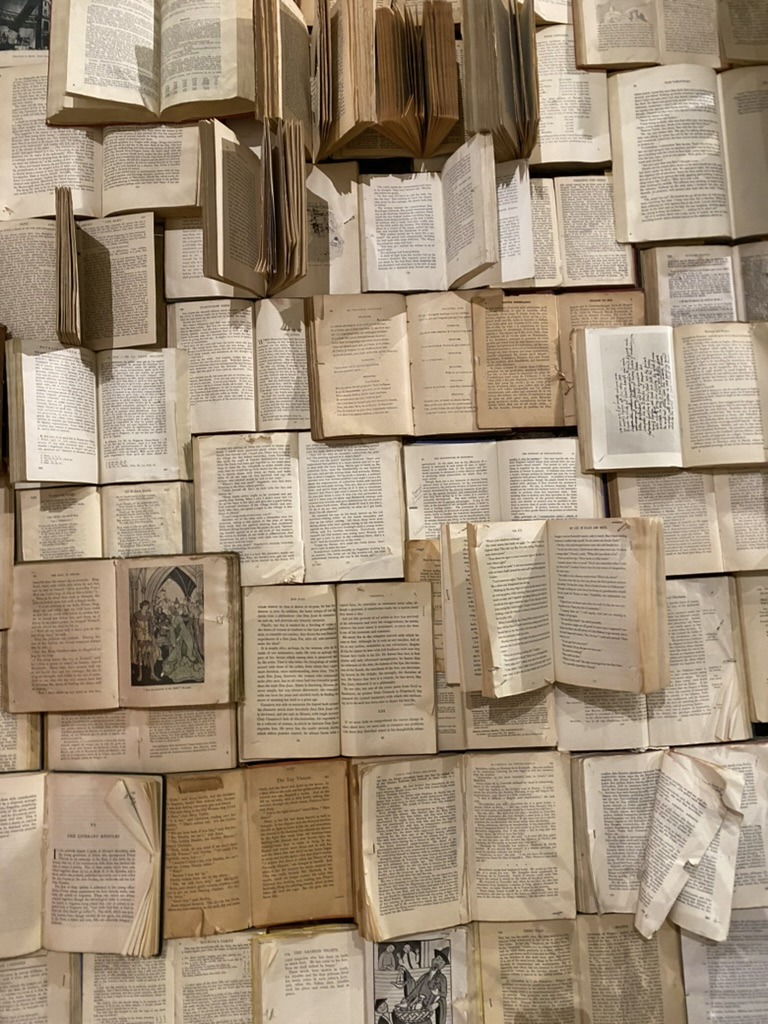By Samara Patel
He’s leading her on. Playful touches on her arm when she says something silly, hand on her back leading her through a crowd. Pinning her down with those golden-brown eyes of his, saying that her hair looks pretty, or touching the hem of one of those athletic short white skirts she always wears, just to say he loves the material. And he can’t possibly ignore the way she blushes from her cheeks across the tip of her nose whenever he turns his attention to her.
Leto and Zuri clearly got along well from the start. At any restaurant, college bar, or kitchen table, they would find themselves sitting next to each other. Zuri always sits down first, her gaze darting over to Lucas every so often, until he pulls up a chair next to her. That small gesture always makes her smile, but she tries to hide it behind her hand every time.
We all like Zuri, ever since Emile brought her into our little uni friend group a few weeks after their classes started. Zuri’s very sweet and quite naive at times, shy in dress and manner, subtle and quiet and graceful in all things. She usually dresses in white, oversized dresses and jumpers, her black butterfly braids falling around her face. In contrast, Leto is an English student who, as all his friends know, has not read a single book on his course list. Frustratingly, he manages to coast by with good grades when all the rest of us are stressing through formatives. His blonde hair is wavy around his face, the back of it nearly brushing those collared shirts he always wears. He has a gorgeous girlfriend back home in Leeds, who he even very briefly introduced us to. I don’t even know her name.
We’ve all talked about them. I mean, okay, I know it’s bad to talk about people behind their backs, but his flirtation was far too obvious and almost cruel to the poor girl. Like the other day when we were walking back from the library after a long study session, and I was chatting with Emile and her boyfriend Ben. Leto and Zuri were walking ahead of us, a bit apart from the group. I’ve talked to her a few times, of course, idle chit chat, but we don’t really have much in common. She seems to exist in an odd limbo where she gets nervous around Lucas like you’d get nervous around someone you have a crush on yet knows him better than the rest of us due to being around him almost constantly, so is most comfortable near him. It puts her in the odd position of always being slightly on edge.
On this day, we were all walking back from the library after a long study session. Emile points ahead at Lucas and Zuri, and we hash out the usual theories and predictions of when/if they’ll get together. As we’re theorizing, Zuri drops the books she’s holding, her accounting papers spilling all over the pavement. The wind picks up, blowing around her equations with no care for the author. And she’s trying to catch the papers, gracefully dashing around to pick them off the pavement and blushing furiously while accepting some from strangers that have scooped them up from the air. While all this is happening Lucas hangs back, not even trying to hide his laughter, nor trying to help. Once her papers are collected again, she pins him with an accusatory look that only reignites her blush when he returns it, and smiles at her. He gets a bit closer, brushing a braid off her face and behind her ear. Leans into her and whispers something next to her pearl earring, one hand on her hip to steady her against the wind, as if she’d topple over if he wasn’t there to hold her up.
At this point, Emile, Ben, and I have paused in our walk to watch this drama play out. Zuri goes stock-still, white skirt whipping around her knees and cardigan blowing in the breeze. The books in her hand, the howling wind, even we are ignored as this boy starts to talk in her ear. The passerby chatting and leaves swirling in the air, winter chill and study-induced exhaustion are all long forgotten. And we can’t help but feel awful for her, this innocent girl who got swept up in Leto’s pretty eyes and gentle words. Because in his left hand is his phone, so conveniently facing us, and we can barely make out the image of his girlfriend’s face on the call screen. The phone vibrates for one, two seconds before he pulls back. This boy pulls away from Zuri, gives her the ‘give me a sec’ hand gesture, and walks away, putting the phone to his ear with a cheery, “Hey, babe!”
And Emile and I, we just look at her. Now standing alone in the middle of the pavement, staring after him with the most heartbreaking look on her face – eyes wide and bright, lashes fluttering in shock. Her blush is worse than ever, but instead of dancing across her cheeks and nose, seems to flush down to her neck and the tips of her ears. Her mouth is slightly open in the manner of someone who has been ripped out of a wonderful dream, glossed pink lips parted. She shakes herself, just once, and puts her poker face back on again. She turns away from him and walks back to us.
“Did you end up figuring out those chemistry problems?” Her voice was perfectly even, not a trace of sadness or anger. The blush receded, and she blinked a few times until the tears were gone from her eyes. She didn’t acknowledge that we were there to witness the whole thing, didn’t call us out or pick a fight. Just started some mundane conversation like she wanted to forget that anything ever happened.
He’s leading her on. He clearly cares a lot for his girlfriend, though Zuri always does her best to look unaffected when he mentions her. Part of me wants to plan a girl’s night out for her, bring her sweets and chocolate and alcohol until she forgets about the whole complicated, depressing situation.
But the other part of me, the mean and gossipy part, wants to sit back and watch. See if she bothers to hide her teary eyes from the room when the girlfriend next calls or goes against her nature and tries to flirt with him, though that’s unlikely. That sadistic side of me wants to see if she’ll ever give up, although something tells me that she gave up on a future with him a long time ago and is coasting off a sort of hopeless adrenaline.
She knows she’ll never get the boy, but that doesn’t mean she will ever stop hoping. Because a girl like her, sad as it is, will never stop chasing what she can’t have.
